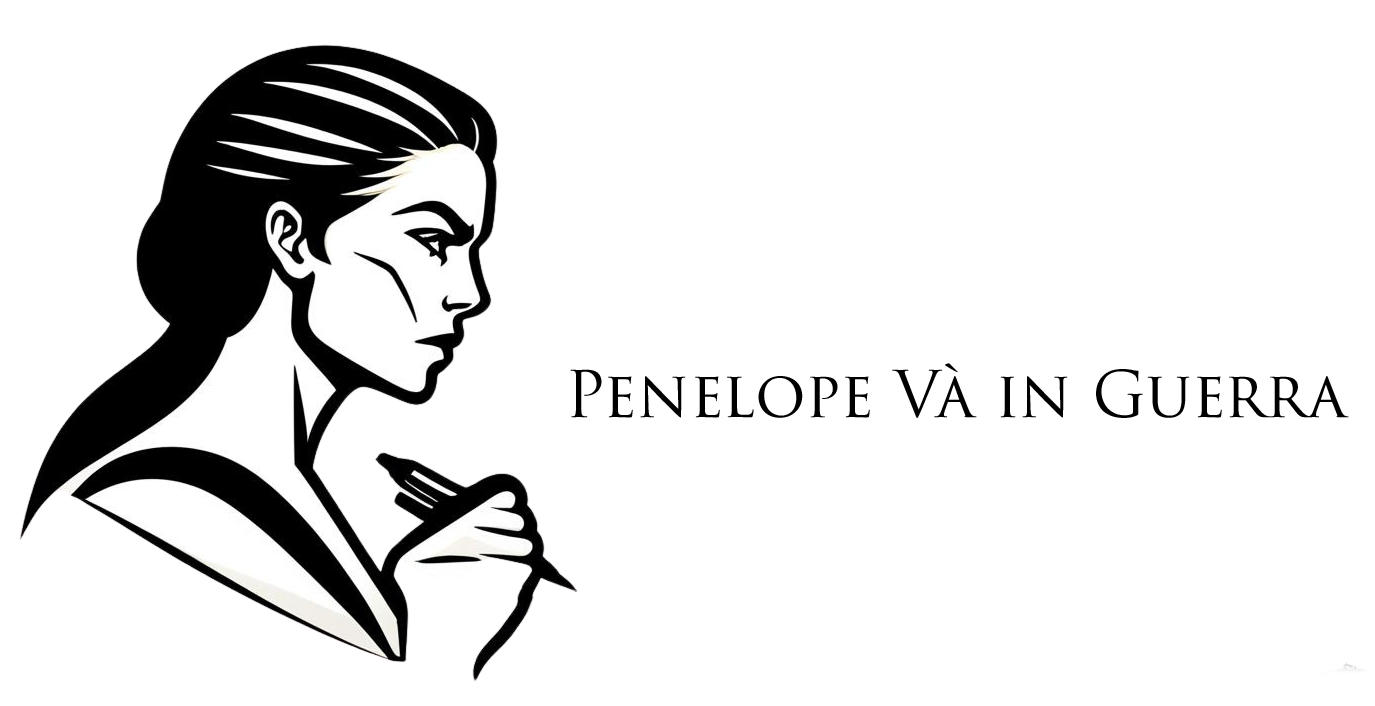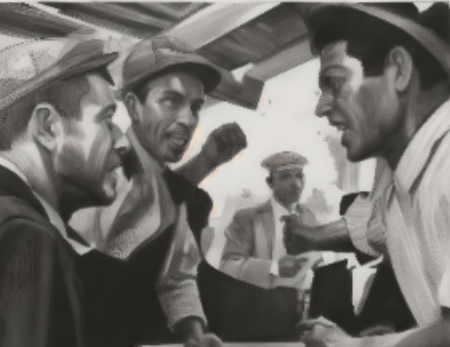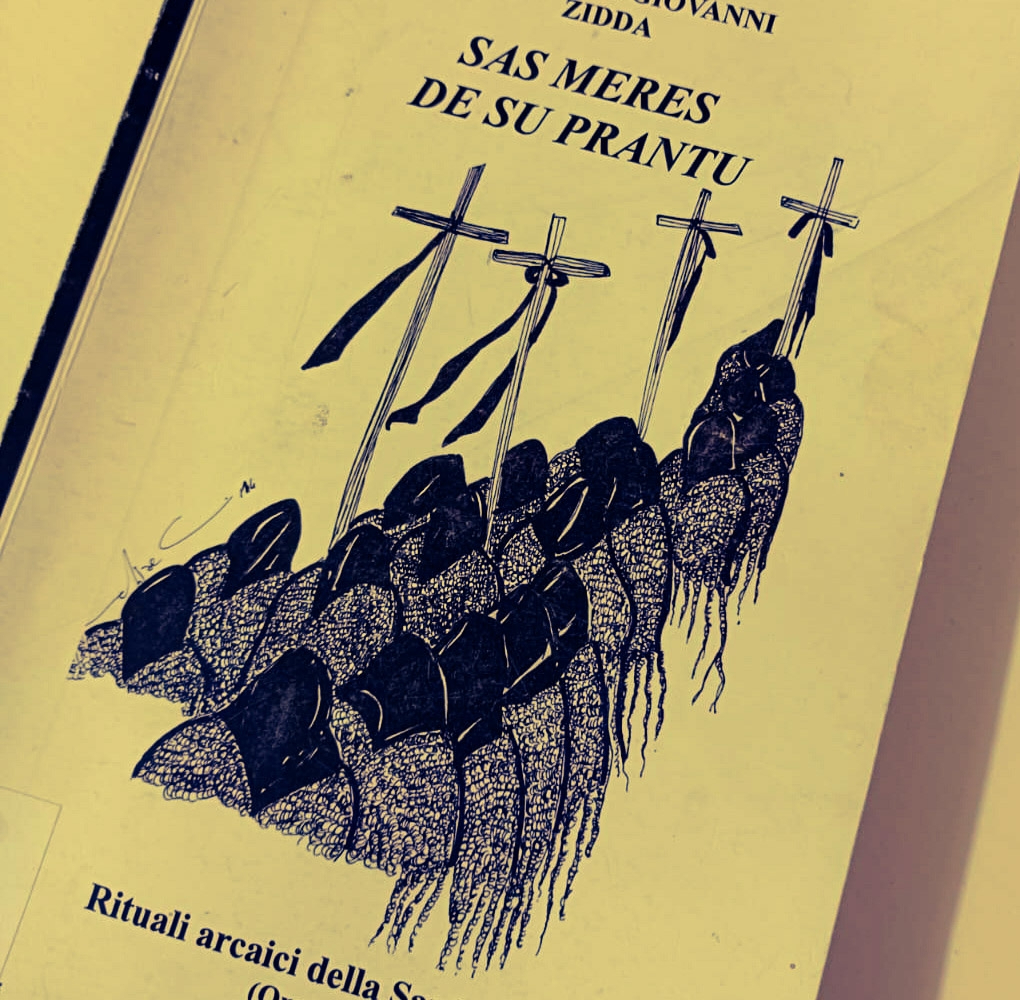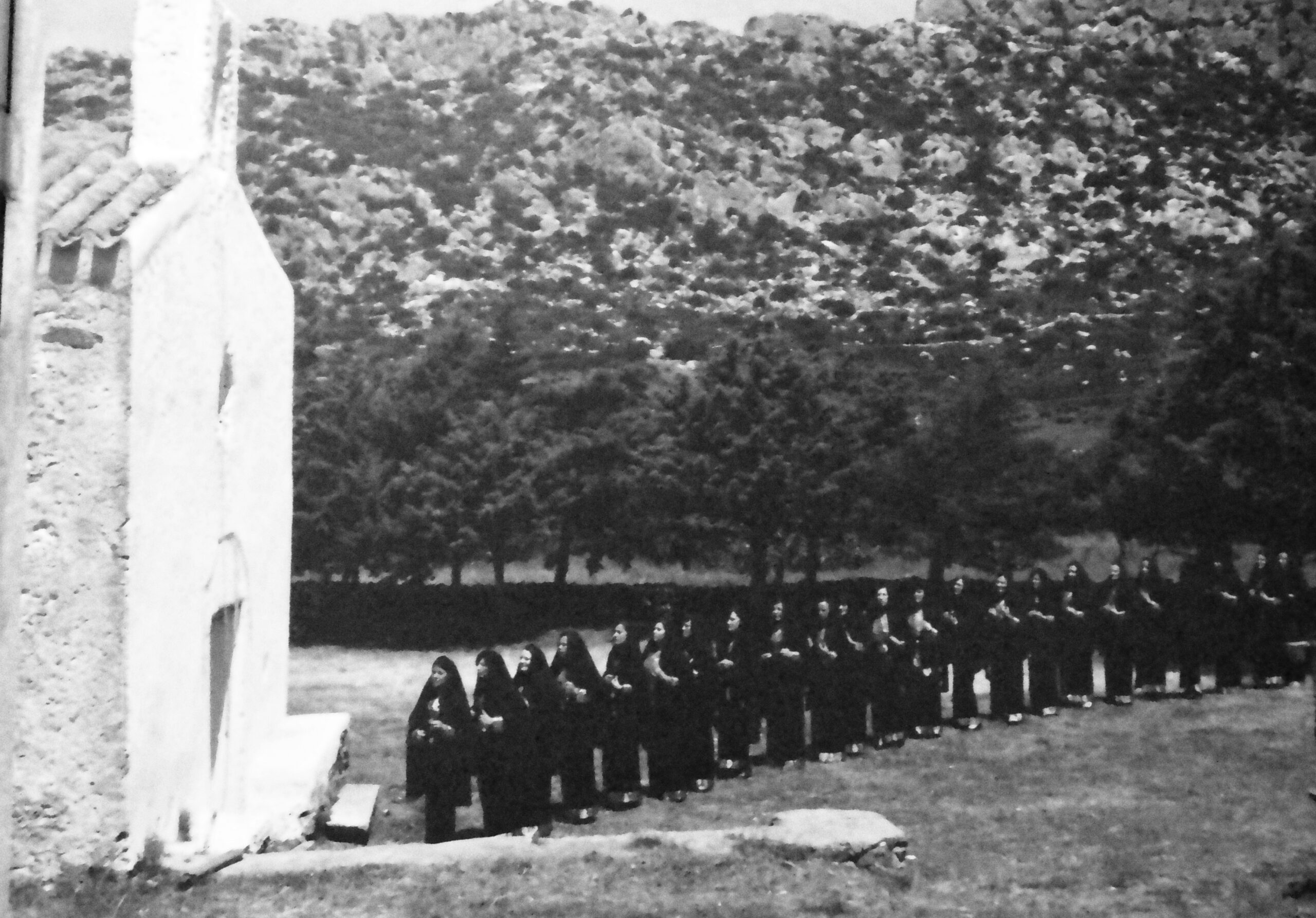The ancient Egyptians played Morra. So did the Romans. And the Greeks. And the Etruscans.
But this ancient game, with all its nuances, is more than just a fascinating expression of creativity: it is, above all, a reflection of a people’s soul.
In Sardinia, to play Sa Murra, you need resilience, you must be able to shout louder than your opponent, and you must be sharp and daring.
In the roughest parts of Sardinia, at some point during any festival, gathering, or village feast, you will suddenly be overwhelmed by the inhuman screams of men in their prime, engrossed in the game.
It’s a kind of “rock, paper, scissors,” except instead of rock, paper, or scissors, there are numbers from one to ten. And instead of randomness, the game relies on logic and quick calculation, mentally adding numbers, making predictions, and developing speed of thought. Instead of children, there are men. Balentés.
The game is played in pairs, two against two, with an external “referee”, usually standing with his thumbs in his pockets, watching attentively and proudly as he counts the points. The first team to reach 16 wins. Two opponents, leaning forward, ready to strike verbally, throw their hands forward, shouting the number they have in mind. To win the point, it must match the sum of the fingers shown by both players.
To play Sa Murra, you must be extremely fast at calculating the sum while maintaining the rapid, rhythmic pace of the game. But beyond being an incredible lesson in mathematics, Sa Murra has another fundamental aspect, which I would call psychoanalytic: you must understand your opponent before he understands you.
Gestures, expressions, tone of voice, analyzing verbal and non-verbal language is an art. The most astute players, even in the first few rounds, can detect patterns in their opponent’s reactions and numbers. And just like in real life, the one who understands faster and better, wins.
The game thus becomes a constructive pastime, and what is built is also an identity profile of the players, revealed through their posture and the way they pronounce numbers. The interpretation of the other is never spoken aloud, yet it is the glue that holds the game together. Just like the number ten, dèghe/dèke, which is never spoken aloud, its name has instead been replaced by the game itself: Murra, in fact, means ten.
The typical poetic touch of the Sardinians is present here as well: alongside the numbers, rhymes, sometimes playful, sometimes insulting, fly back and forth, meant to provoke and unsettle the opponent, ultimately gaining psychological control over them. You’ll hear people shout, “Sese – serìu!” (six – stay calm!), “Murra – Muttu!” (ten – shut up!), or poetic distortions of numbers, like duru instead of duoso for two, or baranta instead of battoro for four, emphasizing, once again, their dominance in the game.
Meanwhile, children, running and playing their own games, listen passively to these voices filled with challenge. And as with anything repeated over time, they are eventually drawn to it. This unexpected attraction gradually transforms passive observation into a desire to try.
There is no overstimulation, no simplified, separate explanation. Children are not treated as incapable; instead, they are part of the adult world, absorbing, absorbing, absorbing, learning through immersion.
This is still how things happen in Sardinia: from music to cooking, from dancing to singing.
Sa Murra is not just a game but also a social ritual and a means of cultural transmission, an ancient way of learning the codes of a community.



